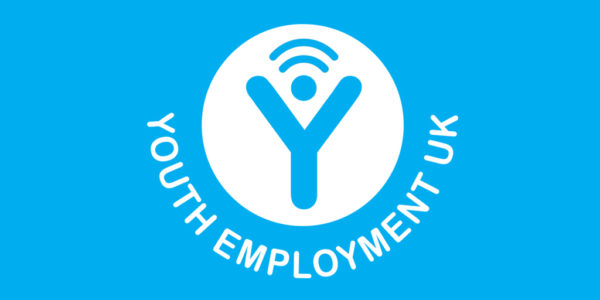Today the Office for National Statistics released the quarterly data set on young people not in education, employment or training (NEET).
The Headlines
- 711,400 young people were NEET, an increase of 4,200 compared with the previous quarter and an increase of 17,800 on the quarter for Oct – December 2021.
- The percentage of all young people who are NEET is estimated at 10.43%, this has increased slightly on last quarter; the proportion was up by 0.05 ppts on the previous quarter and down by 0.64 ppts compared to pre-pandemic figures (Oct-Dec 2019).
- In April to June 2022, there were an estimated 239,000 unemployed young people who were NEET, down 8,000 from January to March 2022 and down 17,800 compared with October to December 2021.
- In April-June 2022, there were an estimated 473,000 economically inactive young people who were NEET, which has risen since last quarter. This was up 12,500 from January to March 2021.
NEET Data By Age
43,000 16-17 year olds are NEET:
- The number of 16-17 who are NEET has fallen by 12,250 on the last quarter
- 2.95% of 16-17 year olds are NEET. This is down 0.83 ppts on the last quarter.
- 18,000 are unemployed
- 25,000 are economically inactive
668,000 18-24 year olds are NEET:
- 12.27% of 16-17 year olds are NEET. This is down 0.29 ppts on the last qu
- .2221,000 are unemployed
- 447,000 are economically inactive
NEET Data By Sex
Males:
385,000 of all 16-24 year old men are NEET
- 167,00 are unemployed
- 218,000 are economically inactive
- 11.04% of 16-24 year old males are NEET.
Females:
327,000 of all 16-24 year old women are NEET
- 71,500 are unemployed
- 255,500 are economically inactive
- 9.78% of 16-24 year old women are NEET.
Key Definitions
The Office for National Statistics provide the following definitions for the key terms used in this data set.
NEET
Anybody who is not in any of the forms of education or training as listed below and not in employment is considered to be NEET. As a result, a person identified as NEET will always be either unemployed or economically inactive.
Education and training
People are considered to be in education or training if they:
- are enrolled on an education course and are still attending or waiting for term to start or restart
- are doing an apprenticeship
- are on a government-supported employment or training programme
- are working or studying towards a qualification
- have had job-related training or education in the last four weeks
Economic inactivity
People not in the labour force (also known as economically inactive) are not in employment, but do not meet the internationally accepted definition of unemployment because they have not been seeking work within the last four weeks and/or they are unable to start work in the next two weeks.
Employment
Employment measures the number of people in paid work, or those who had a job that they were temporarily away from (for example, because they were on holiday or off sick). This differs from the number of jobs because some people have more than one job.
Unemployment
Unemployment measures people without a job who have been actively seeking work within the last four weeks and are available to start work within the next two weeks.







